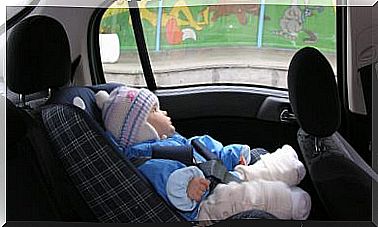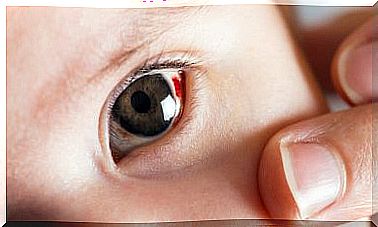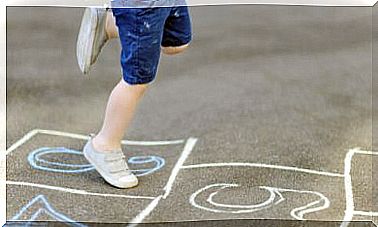Rickets: Vitamin D Deficiency In Children
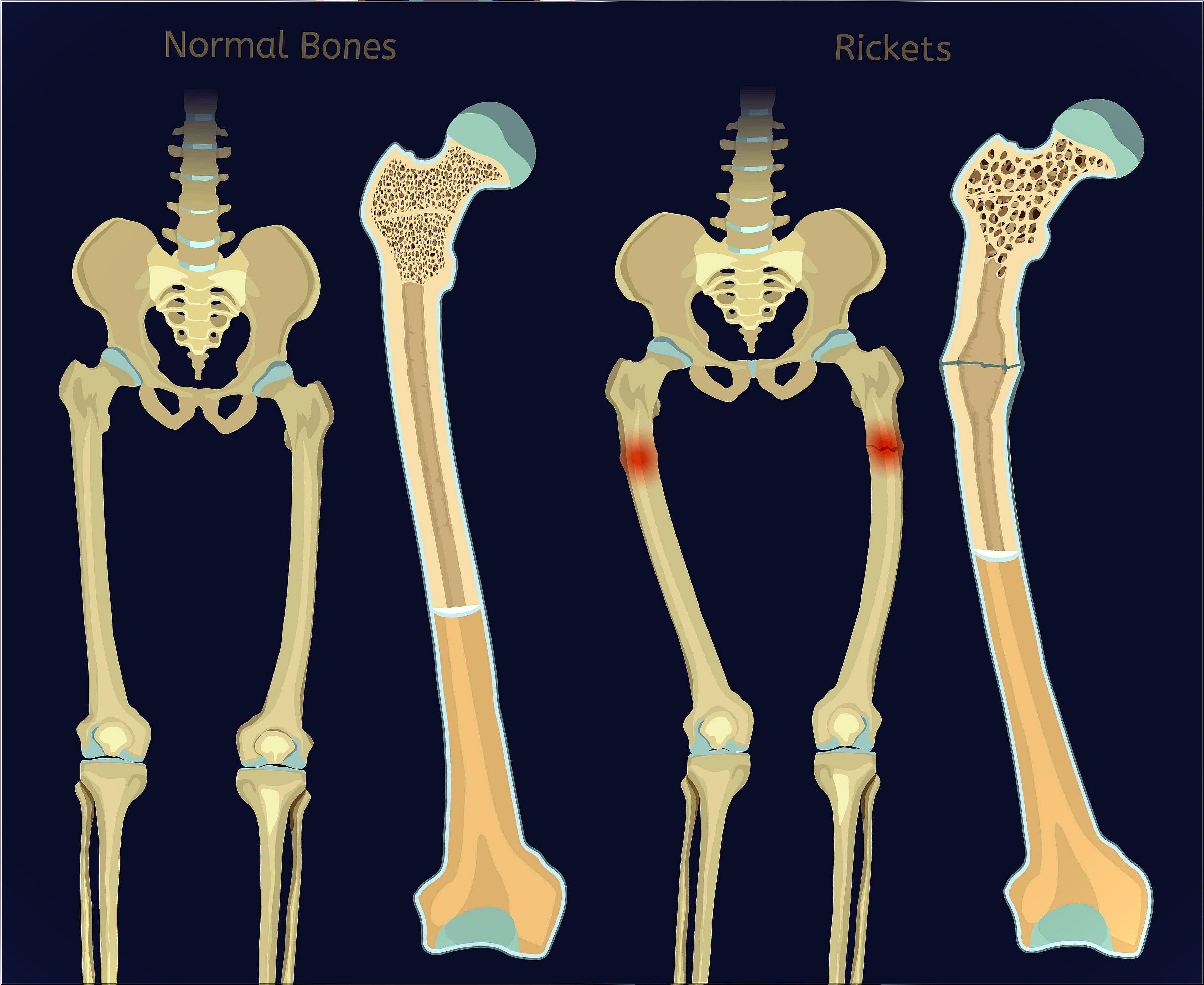
Rickets is a disease caused mainly by a vitamin D deficiency in children. It is a common disease in underdeveloped countries or developing countries.
It is characterized by a growth retardation, accompanied by deformations of the bones. It is most common in children between 6 months and 3 years, as it is the fastest growing stage.
What is rickets?
Rickets is a disorder in the mineralization process of bones and cartilage that are still growing. Therefore, this disease only occurs in children. If it is an alteration of the mature bones, we would be talking about a different disorder, such as osteomalacia.
The mineralization process of the bones depends on a balance between calcium and phosphorus, and this homeostasis is regulated by vitamin D. 99% of the body’s calcium is found in the bones. When the levels of this in the body decrease, the paratorium hormone increases which, in turn, causes a decrease in phosphorus levels.
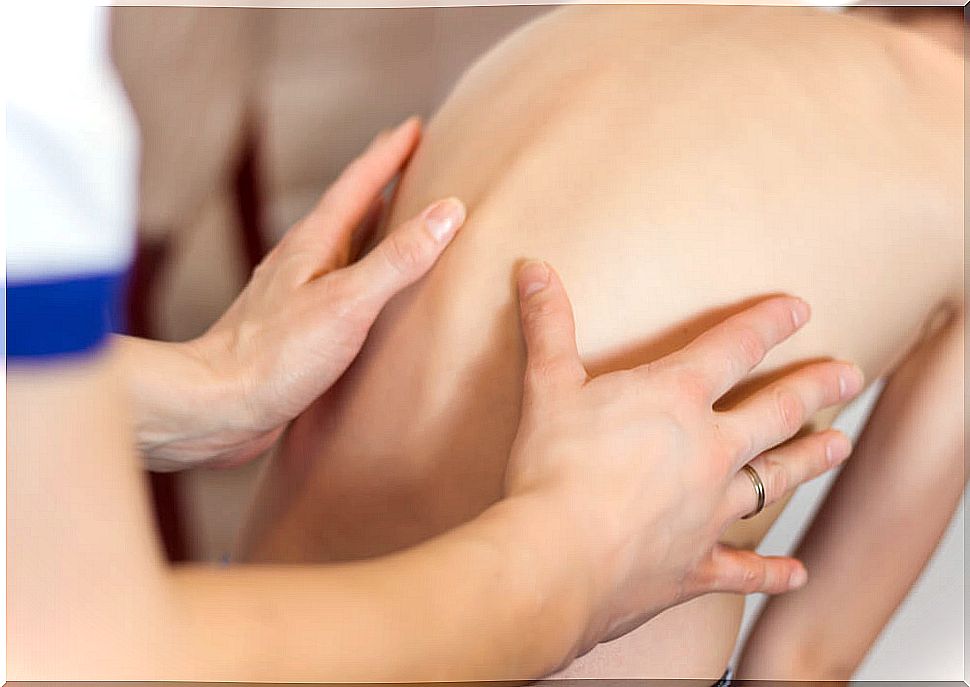
Symptoms
Rickets, as we will see, may be due to a decrease in the levels of these minerals, as well as vitamin D. The main symptoms are :
- Stunted growth.
- Deformations in the bones, which become soft : the most common is that a bowing of the bones of the legs appears. Wear can also occur at the ends of some bones.
Other symptoms, such as seizures, can also occur due to extremely low levels of calcium in the blood. Sometimes, there are also alterations in the teeth, cramps and muscle weakness.
Causes of rickets
The most common cause of this disease, as we have said, is vitamin D deficiency. However, there are other factors that can cause the appearance of this disorder. Among them, we find genetic and metabolic causes.
Vitamin D deficiency
Vitamin D is a fat-soluble vitamin essential for the absorption of calcium. When there is a deficiency of it in our body, the intestinal calcium that came from food cannot be incorporated into the body. The same is true of phosphorus.
Thus, the levels of these minerals decrease in the blood and the body tries to reestablish them by extracting them from the bones. Because of this, bones become soft and deformed easily.
As the disease is known and studied, the cases of rickets due to lack of this vitamin have greatly decreased, at least in developed countries. This is thanks to the prevention and administration campaigns of the same systematically in all children.
However, vitamin D can also be obtained through the diet, especially with the consumption of certain fish. And, what is more, our body can synthesize it in the skin thanks to solar radiation.
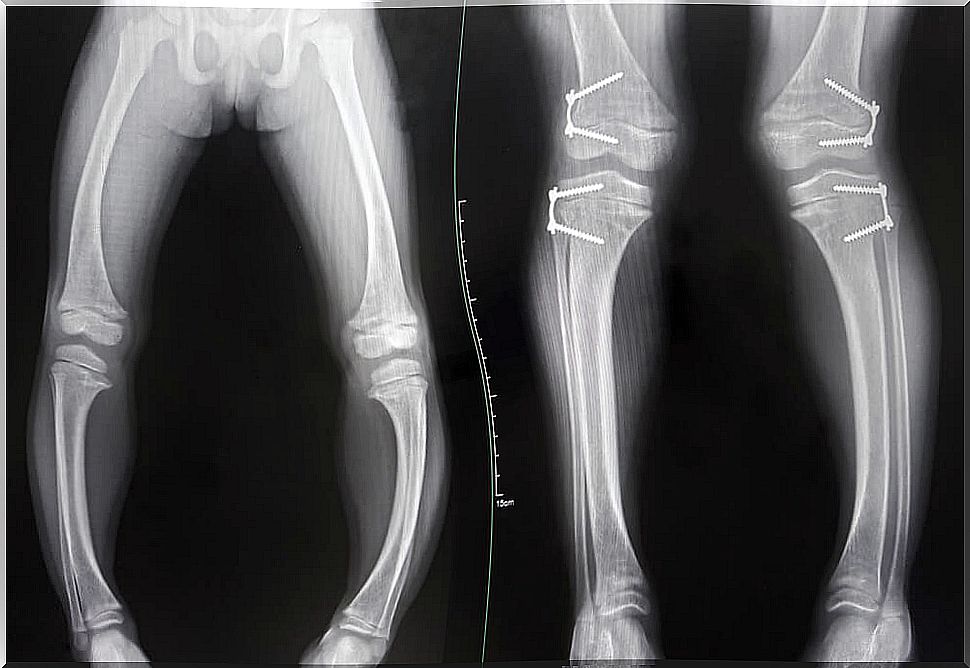
Diagnosis and treatment of rickets
The diagnosis of rickets is based on the combination of altered laboratory and radiographic results, together with the presence of the typical clinical symptoms that we have seen previously.
With a blood test, low levels of phosphorus or calcium can be detected, as well as the enzyme alkaline phosphatase or the same vitamin D.
Treatment generally consists of oral administration of calciferol. However, there are cases of rickets in which this is not effective. These are usually cases due to low levels of phosphorus in the body due to losses through the kidney, generally.
As a preventive measure , approximately 400 IU of vitamin D is currently administered daily to all children, from birth to 2 years of age. Other ways of obtaining vitamin D are, as we have said, through diet and with exposure to the sun.
In conclusion
Rickets is a bone disorder caused mainly by a deficiency of vitamin D in children. It can be prevented with an adequate intake of vitamin D, as well as with exposure to sunlight, albeit in a controlled manner.

